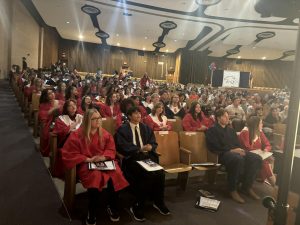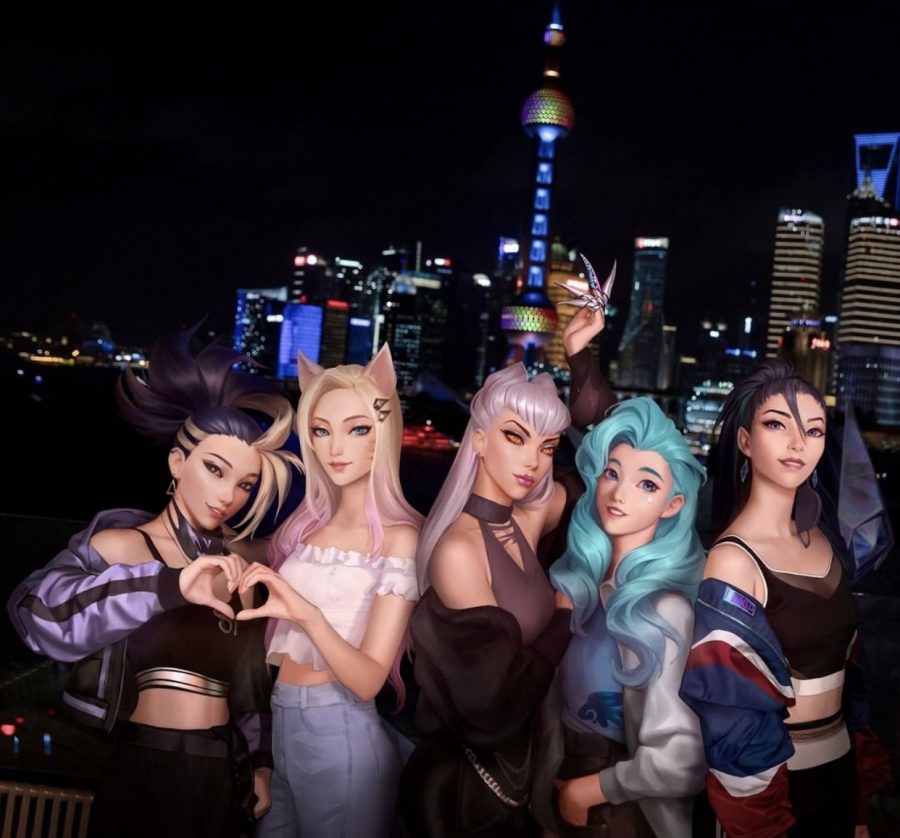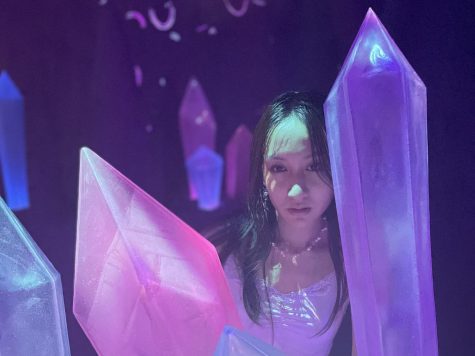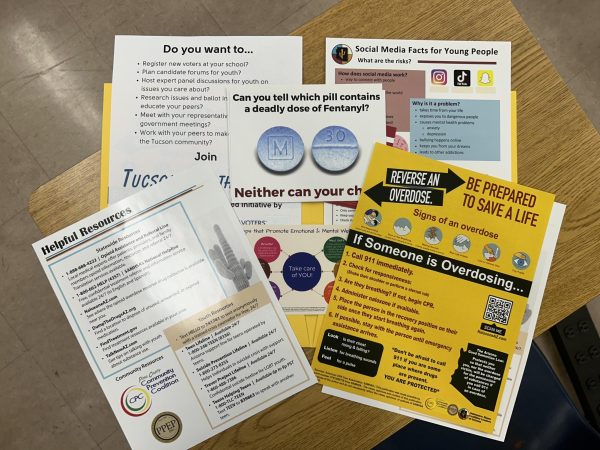Digital Avatars Becoming Big Shots
November 6, 2020
Computer-generated figures are dominating the virtual world. What makes these digital avatars so intriguing? From K/DA, Seraphine, Lil Miqueal, to Liam Nikuro, could it be their personas and aesthetics are what captures an individual’s curiosity?
K/DA is a digital girl group commonly known for being signed under League of Legends, an online battle arena video game developed by Riot Games. With their debut song “POP/STARS” with over 390 million views on Youtube, the members are voice by Western and Korean Artists, for example, (G)I-DLE and Madison Beer.
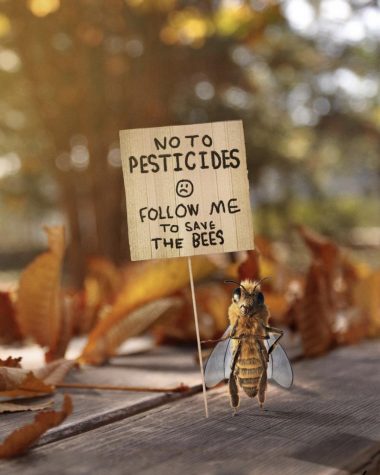
B is an influencer established by Foundation de France. Prepared to be fooled, for she is not human. In fact, she is a bee. Foundation de France is working to save bees from extinction. With over 287k followers and is verified on Instgram, B has collaborated with… you guessed it, Burt’s Bees.
Lil Miqueal is a “Change-seeking robot with the drip💧💖” according to her Instagram bio. According to Time Magazine in 2018, Miqueal was in the top “25 Most Influential People on the Internet.”
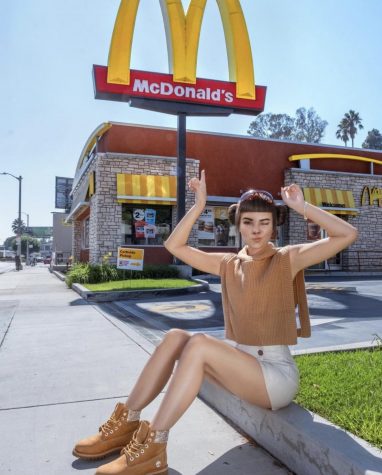
The virtual avatar has been promoted by brands such as Prada and Calvin Klein. Miqueal was even hired to interview performers by Coachella.
Shudu, allegedly the “World’s First Digital Supermodel,” was created by James Wilson. In an interview with Insider, the 3D artist’s inspiration behind Shudu was from a Barbie doll. She looks real, right? Surprise surprise, she’s isn’t a real person either. Ikea? The company featured a CGI character in its “Happiness at Home with Imma” campaign. Although Imma is not 100 percent computer-generated, her head is 3D animated on a live-action body. In my books, she still technically counts.
Why are their virtual influencers used rather than real human beings? How are the digital avatars becoming successful on social media? Well for one, there is always going to be an underlying fascination behind computer-generated avatars.
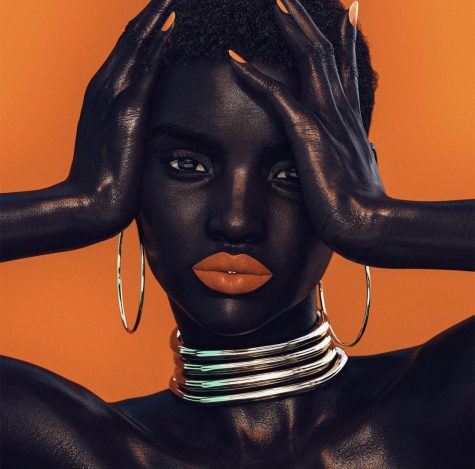
The agency or the team behind the creation of the CGI figure does not have to rely on a physical being and stress over about work ethics. With CGI influencers, there is more control over creativity and not messing one’s image. The disadvantge of CGI characters? Probably the process of pushing out content to the public. The process ain’t cheap where one just uses the Paint app on their PC. If you know, you know.
With digital avatars becoming big shots in the fashion world and on media, controversy follows behind. There have been mixed feelings about whether the avatars are going to replace human jobs. There has been a concern about the representation of people of color and body image. Photographers… models… singers… Where does the authenticity lie? With technology developing and improving every day, where does the line draw between reality and fantasy?

